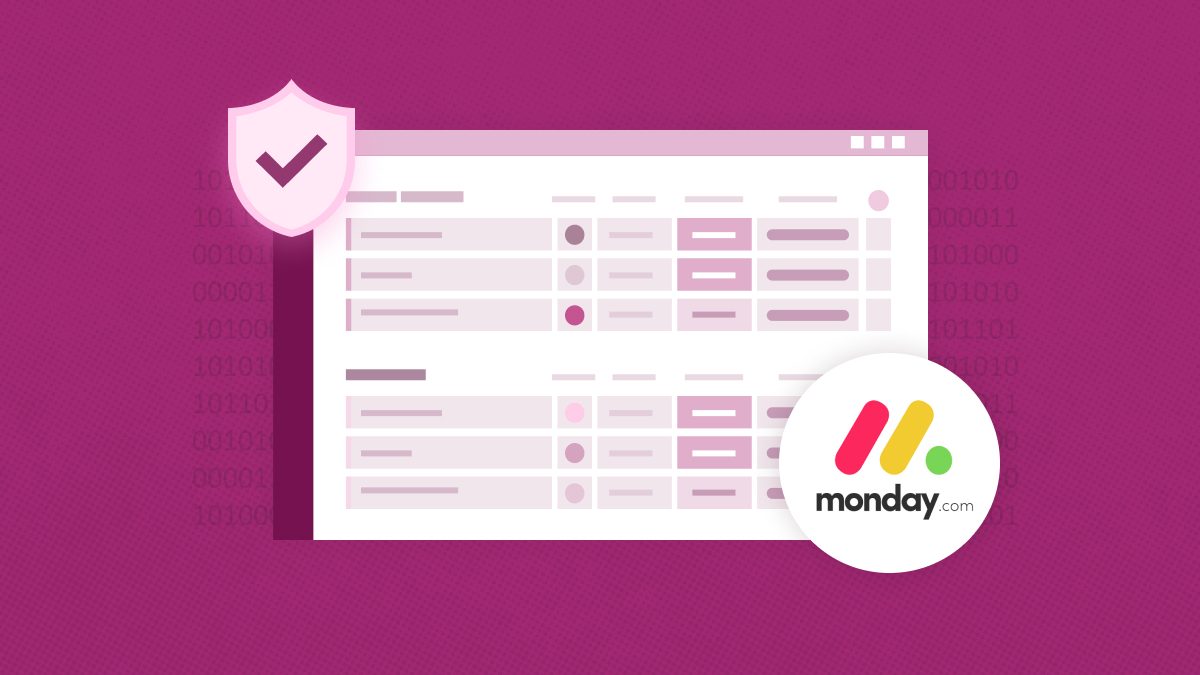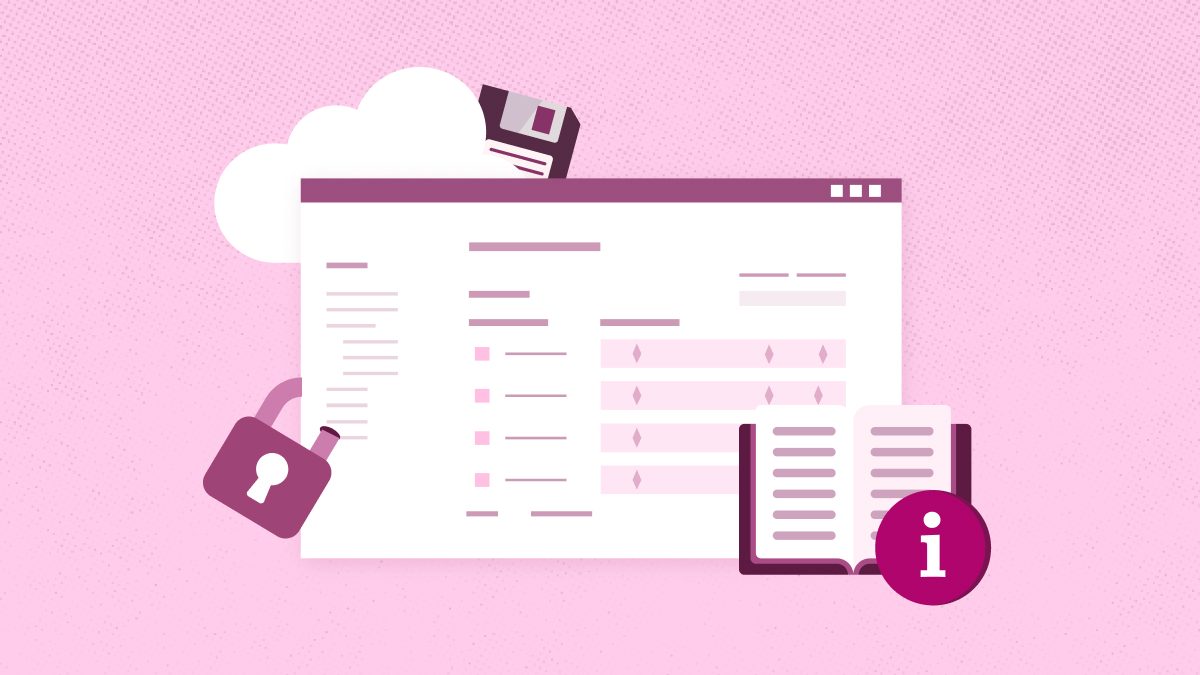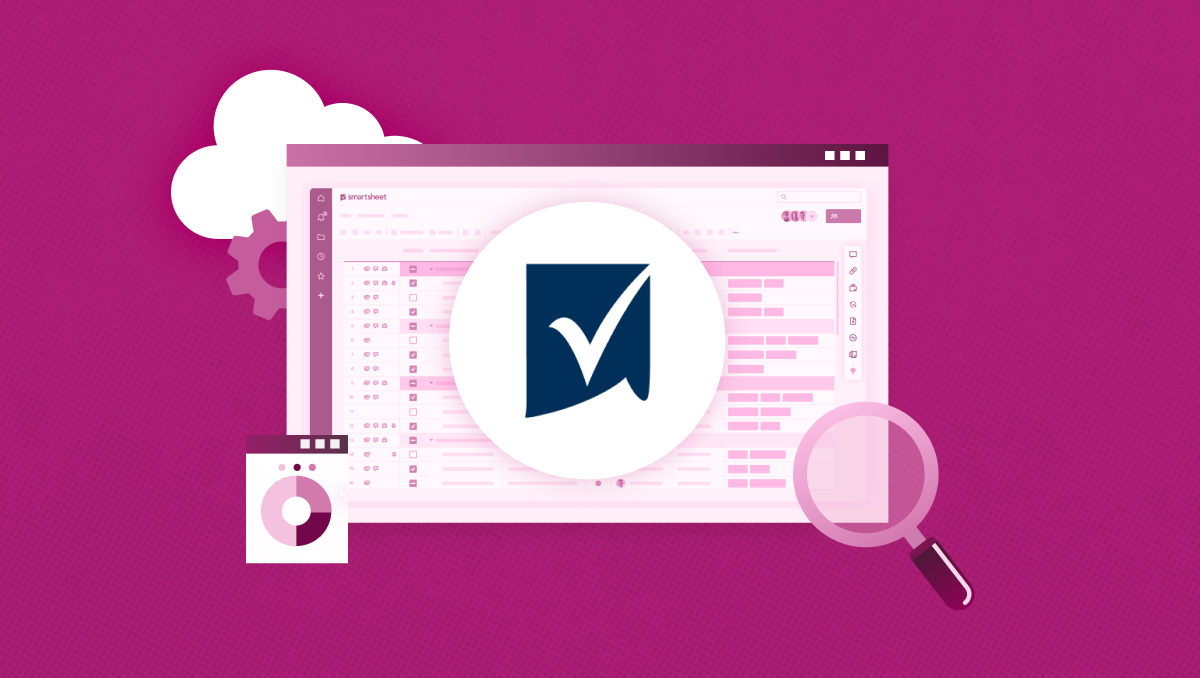Glossary about Data Governance
Data Governance
Data Governance
The enterprise environment has become competitive and fast-paced, so it is essential to have the proper practices for your data. After all, if you have high volumes of data, you need some way to manage your risks, maximize the value, and decrease costs. Data governance plays a significant role in ensuring that a business fulfills all these aims.
Here is your complete guide to understanding the term.
Definition
Data governance involves managing the usability, availability, security, and integrity of your data in your enterprise system. It depends on your policies that control data usage and the internal data standards. Excellent data governance will guarantee that your data does not go through misuse.
So, as there are new data regulations, organizations must create the best policy. They can make it through data analytics and much more that will drive decision-making in no time.
The Best Practices For Data Governance
Your organization’s data governance will be as effective as your selected practices. That is why setting good practices from the beginning is crucial. Here are the top practices to help:
- Appoint The Executive Sponsor
It is always a cross-enterprise project, so you must appoint an executive sponsor to lead the data strategy. The sponsor will be responsible for actively advocating and communicating the strategy to the entire organization. Besides that, they will also help arbitrate data issues, model the data mindset, and ensure accountability.
- Create A Business Case
You must build a business case for this project to benefit from effective data governance. The case must contain a description of the project, the goals and objectives, its benefits, and a schedule of all the milestones and success metrics. All this will help keep your data administration on track, and you can assess the progress from time to time.
- Create The Appropriate Metrics
The right metrics to track and measure your success and progress can take your data governance to another level. Remember that even for this, you will need someone to review the results, interpret them, and course-correct if necessary. You must understand that more metrics can be counterproductive, which is why it is essential only to select the right ones to maximize the use.
- Communicate With Everyone Involved
Finally, you must communicate the changes to people involved in the process or affected by it. You must let them know how it will affect their work and future changes. Doing this will guarantee they feel support during these changes
Final Words
That was your complete guide to understanding data governance and the best practices you can select for it. It will become a breeze once you follow the right guidelines and are ready for anything. So, be sure to choose the right strategies.




